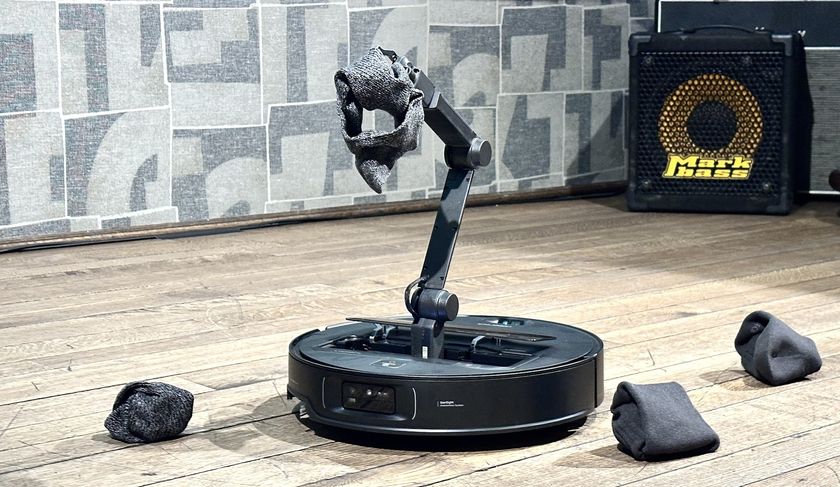Apple's MacBook Air OLED may be delayed until 2029 — thanks to the iPad Pro M4!
It's all due to poor iPad Pro M4 sales

Apple's rumored MacBook Air OLED model had already been reportedly delayed, but it now appears to be pushed back further thanks to iPad Pro M4 sales not going according to plan.
As reported by The Elec, the OLED MacBook Air has now been delayed until 2029, even though it was already set back until just after 2027. Initially, it was expected to follow the rumored OLED MacBook Pro in 2026, but these plans have now changed.
Now, Apple is tipped to be sticking with an LCD display instead of switching to OLED for its upcoming Air models, which is what we've seen in the recent MacBook Air M3. Apparently, disappointing iPad Pro M4 sales are the cause for the delay.
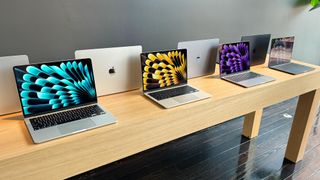
"Apple was planning to release the OLED MacBook Air around 2027, but since development has been delayed, they need to prepare a MacBook Air that can be sold in the meantime," an industry insider told The Elec.
"As of now, we can expect the OLED MacBook Air to be released around 2029."
Despite being one of the best tablets on the market, OLED iPad Pro models aren't expected to sell well, with rising prices and the price hike due to the switch to OLED putting consumers off.
The iPad Pro M4 is one of the first to transition from LCD to OLED in Apple's lineup, but numbers didn't meet the company's sales target. Out of the 10 million units shipped, only 6 million were sold. Despite being one of the best tablets on the market, OLED iPad Pro models (from $999) aren't expected to sell well, with rising prices and the price hike due to the switch to OLED putting consumers off.
As the report notes, the MacBook Air is Apple's lower-tier laptop that sells well due to its price, and if an OLED display bumps up this cost, customers may not want to opt in for it. As seen with the OLED iPad Pro M4 sales, this rings true.
Sign up to get the BEST of Tom's Guide direct to your inbox.
Get instant access to breaking news, the hottest reviews, great deals and helpful tips.
Since Apple ships and sells over 20 million MacBook Air units annually, the Cupertino giant needs to continue to hit its target or many of those units will be wasted. To put this scale into perspective, MacBook Pro sales are at around 5 million units.
Speaking of Pro models, there's no word of whether the OLED MacBook Pro has been delayed, which is a good sign that Apple's premium laptop is still looking to launch around 2026. Apparently, the MacBook Pro with OLED may even ditch it once and for all.
While we may not see an OLED MacBook Air anytime soon, this doesn't take away how good the display is on current MacBook Air models. In fact, we think its still one of the best laptops you can grab today. OLED may offer a gorgeous display, but many may not appreciate the change in price.
More from Tom's Guide

Darragh is Tom’s Guide’s Computing Editor and is fascinated by all things bizarre in tech. His work can be seen in Laptop Mag, Mashable, Android Police, Shortlist Dubai, Proton, theBit.nz, ReviewsFire and more. When he's not checking out the latest devices and all things computing, he can be found going for dreaded long runs, watching terrible shark movies and trying to find time to game
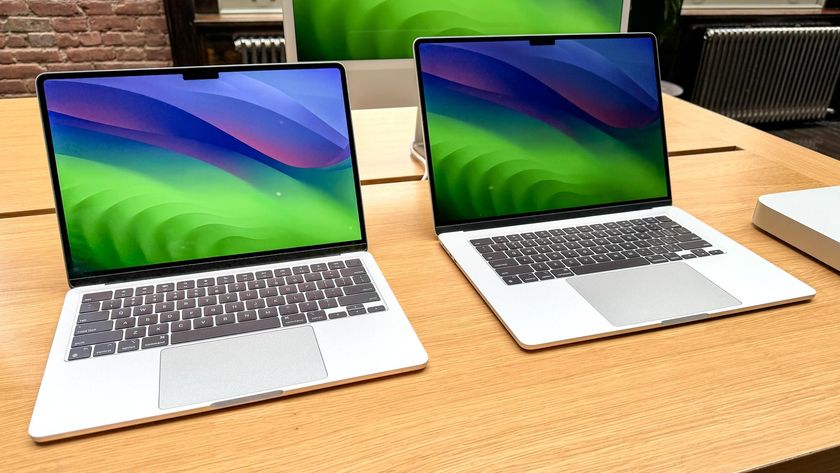
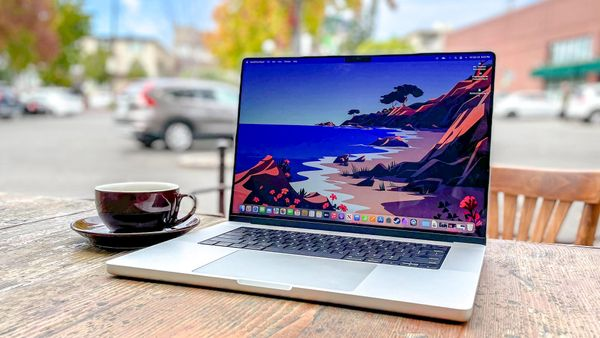
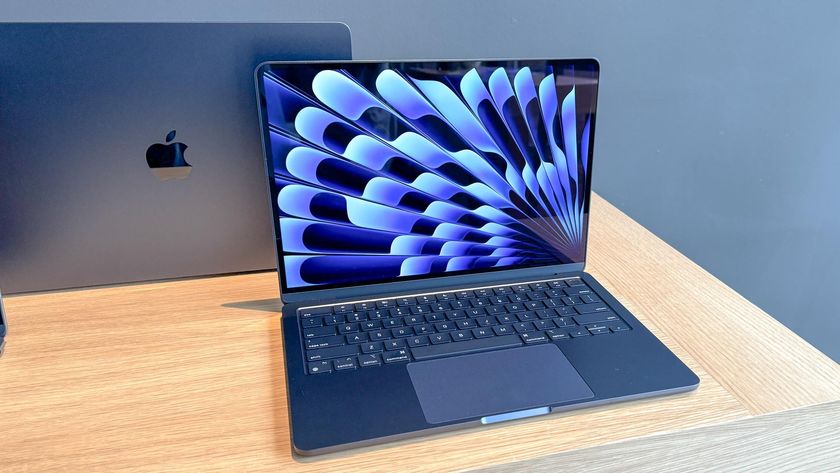
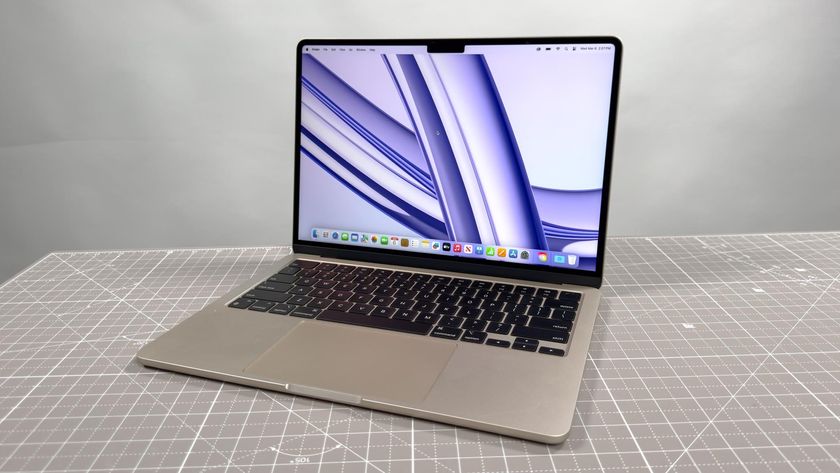
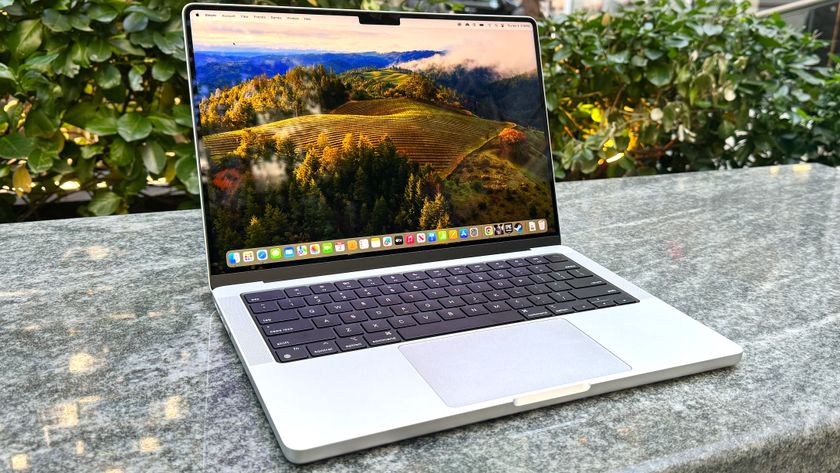
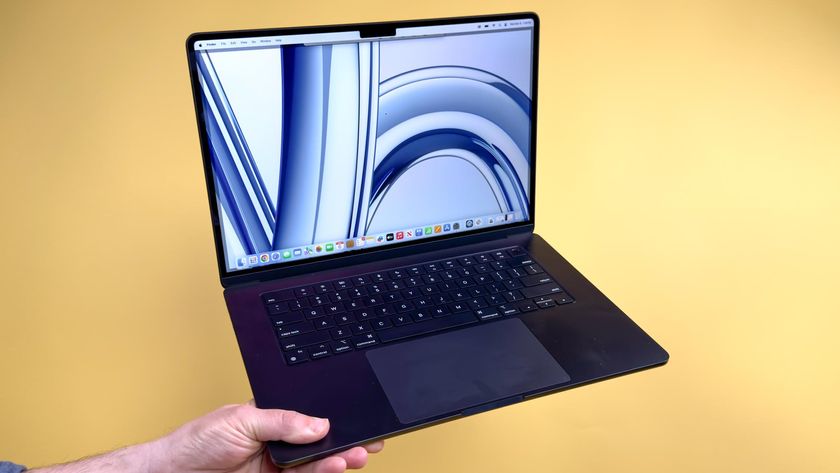
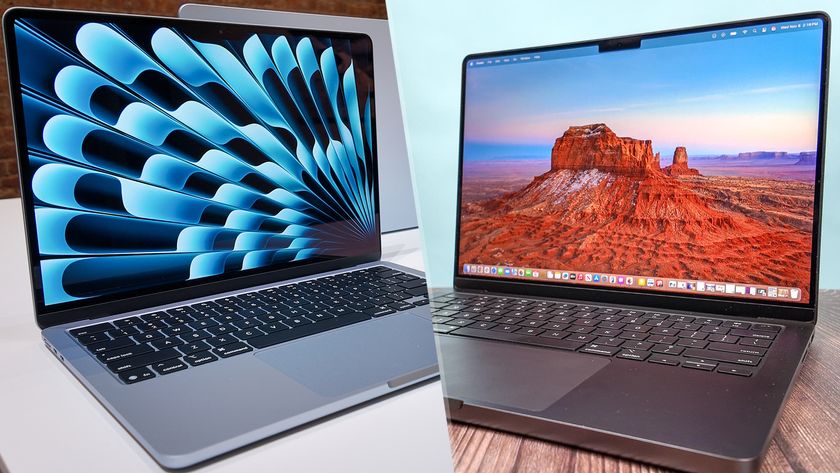
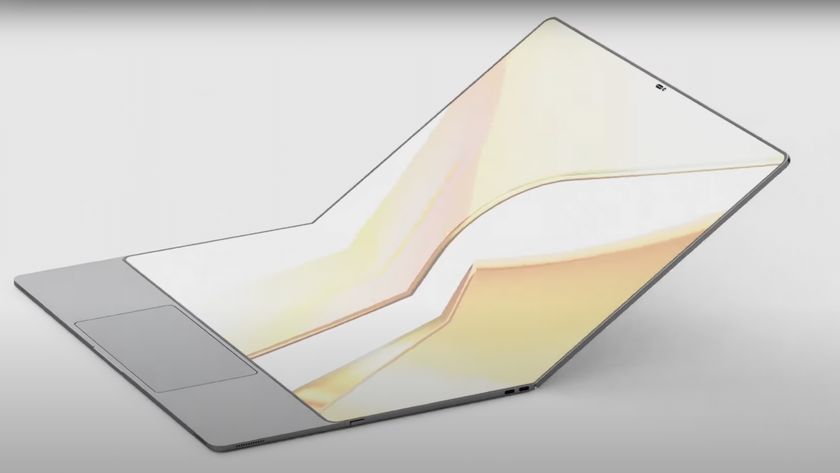
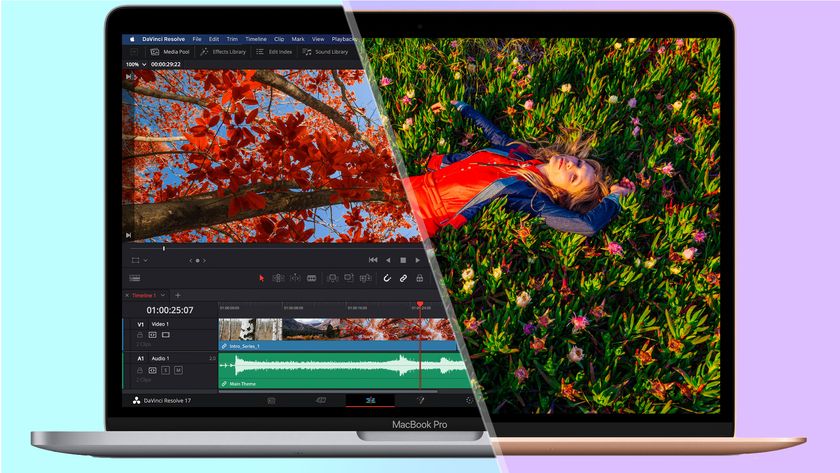
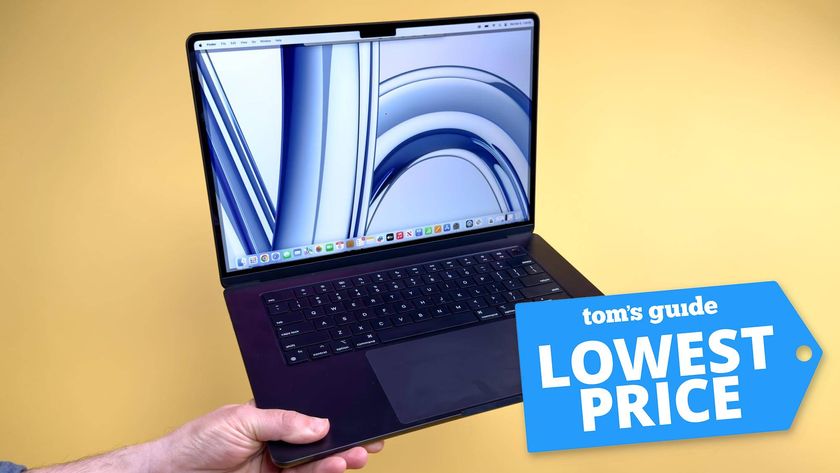

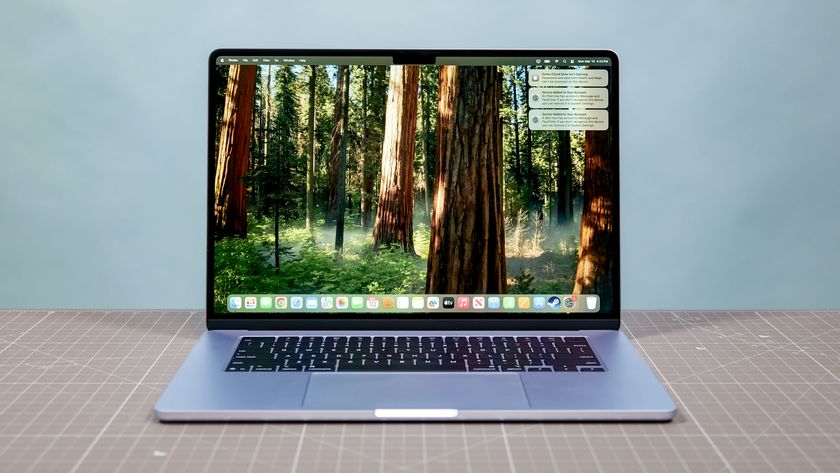


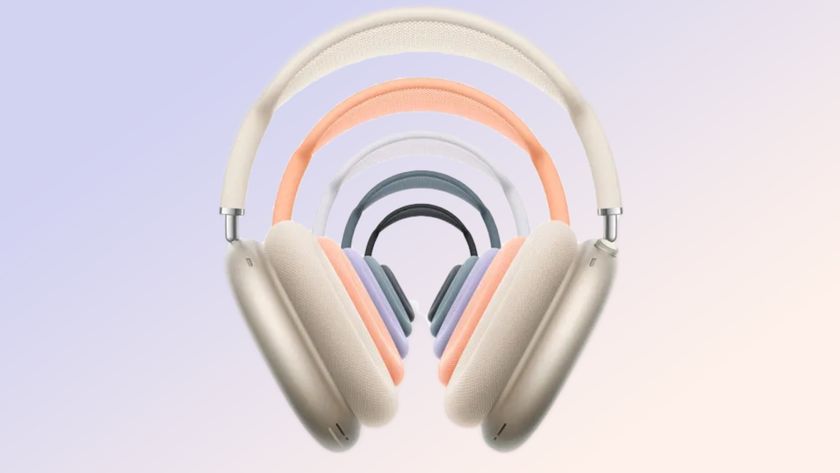

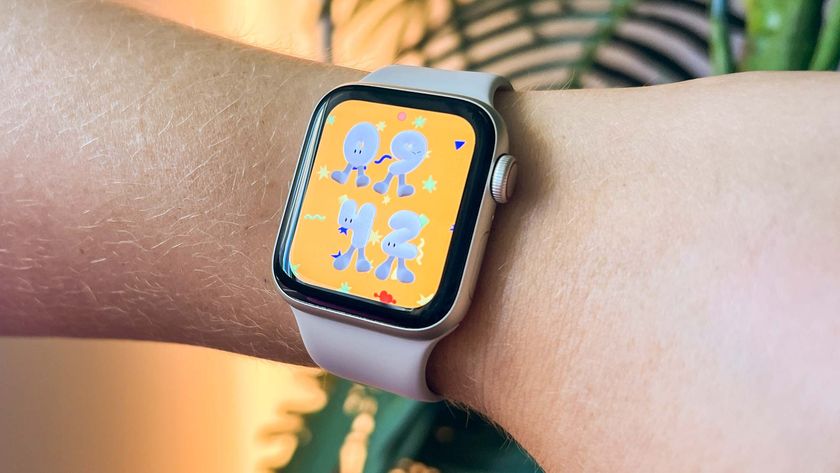
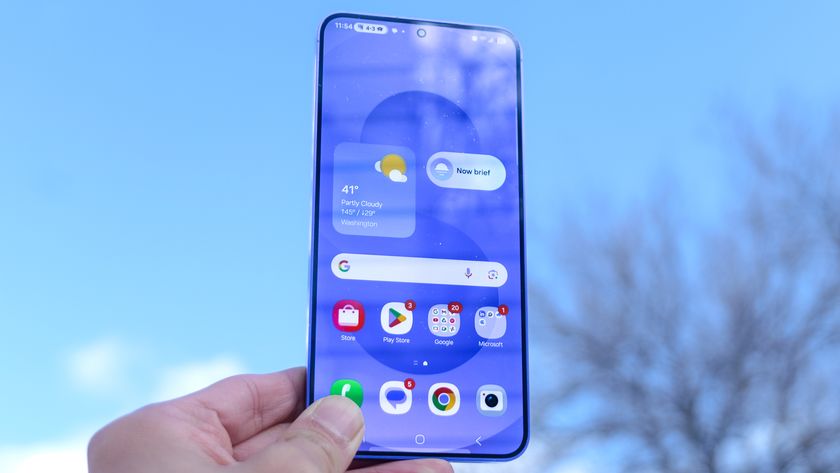
-
squew Apple always justifies the lack of OLED displays in their devices with convincing, honest, and transparent communications, so opaque, full of false statements), using two specificities of Apple core “DNA”, Apple-style, where dishonesty and lies. Equally important, they resort to tactics which actively suppress and eliminate any form of competition.Reply
There are normal exceptions for entry-level devices, evoking memories of configuring a decent PC in the 2010s. The same company that marketed its OS as the most secure, despite a history of numerous CVEs, now hypocritically positioned as champions of privacy. It’s easy to prove this is false.
The first OLED demos date from 1987, and Samsung AMOLED production debuted in 2003, LG being also in the course! The Nokia N85 was the first smartphone to feature one. Yes, advanced smartphones (smartphone is a Microsoft trademark), were available before the very limited iPhone.
Samsung phones and Windows phones (2nd wave) were in their majority using AMOLED, always on display, was available, and it was hard so distinguish the frame of the phone from the black screen; And Windows Phones had a smooth and so pleasant UI, unmatched. The Zune HD aged well, still looks fine today. Apple fans had to await the failed iPhone X to enjoy this mature technology.
Apple’s late adoption of OLED, a costly technology, is exclusively a financial question; their existing Liquid Retina tech is economical (and good old LCD). Except I have a more retina screen (Galaxy S22 Ultra) than the iPhone 16 UltraExpensive (not all 16 have OLED yet), beside a small advantage in max nits, this is the same 3 years old Samsung screen. Some people are into old, high-priced machines that lack many functions. Apple further restricted its systems more and more, which is to keep competition away (competition is making phones far superior, also much better PCs, not including a Xeon or a 4700 TI crushing the most expensive M), mocking everyone as calling it as for “user benefit”, controlling allowed and prohibited actions and even preventing free NFC access.
Apple’s decision to forgo OLED screens is driven by profit maximization, not product improvement.
Lucky Fruit Inc, many users have preconceived notions explaining away their devices’ shortcomings. Oled burn-in is a old tale still adepts worry about it. And no for “fast charge” of 25W, will not damage the battery. Samsung S22 Ultra, 3 years old, with 45W fast charge.. runs just as new … Local AI included. The screen shows no signs of issue. The battery is fully functional and shows no signs of damage.
So Apple and OLED screens (I also have a nice OLED panel on my Dell XPS, in its fourth year, is beautiful) are selected as all other components, the cheapest the better.

